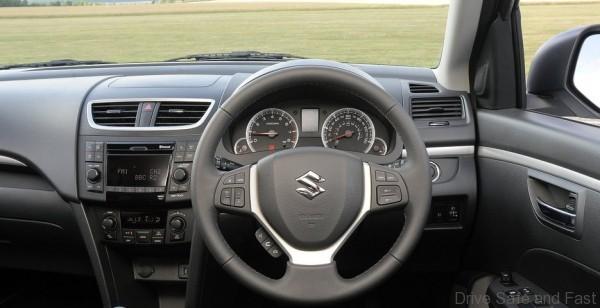The Suzuki Swift was the first product of Suzuki’s radical innovation programme to strengthen its position as both a leading compact car manufacturer and one of the world’s foremost motorcycle brands. It introduced new ideas and design thinking that will define many more new Suzuki models in years to come.
Suzuki Swift is global in outlook and production – it is built in Japan, Hungary, China and India – but its development has been focused firmly on the demands and tastes of the European market in terms of design and driving characteristics. Indeed, the design team’s first step was to establish a base in Europe, where it was able to gain a valuable insight into the European mindset and draw inspiration from the European environment. And much of the chassis development and refinement was based on real-world intelligence gained through extensive road and track testing across the continent.
The result is an innovative, sporty and elegant design with genuine international appeal. As a new departure in Suzuki design, Swift develops styling themes first seen in the Concept-S and Concept-S2 show cars, and demonstrates the company’s desire to develop original interpretations of established market segments.
The stylists deliberately shunned the trend towards ‘one-box’ uniformity, instead producing a substantive design with a distinct bonnet. Muscular, flared wheel arches, bold sills, wheels pushed out to each corner, and a broad-shouldered beltline that continues all the way to the tail lights express the car’s inherent stability and dynamic appeal.
The strong curvature of the nose together with the square cut openings of the wide, deep spoiler and mesh grille add further distinction. The black A and B-pillars create a wraparound glasshouse effect, and the headlamp housings sweep back into the wings to mirror the shape of the tail lights.
The distinctive shape of the tailgate combines with the large rear bumper to give the lower part of the body a solid appearance. At the top of the tailgate, the roof’s trailing edge is shaped to form a spoiler, improving aerodynamics and saving a valuable 1kg over a conventional bolt-on item.






